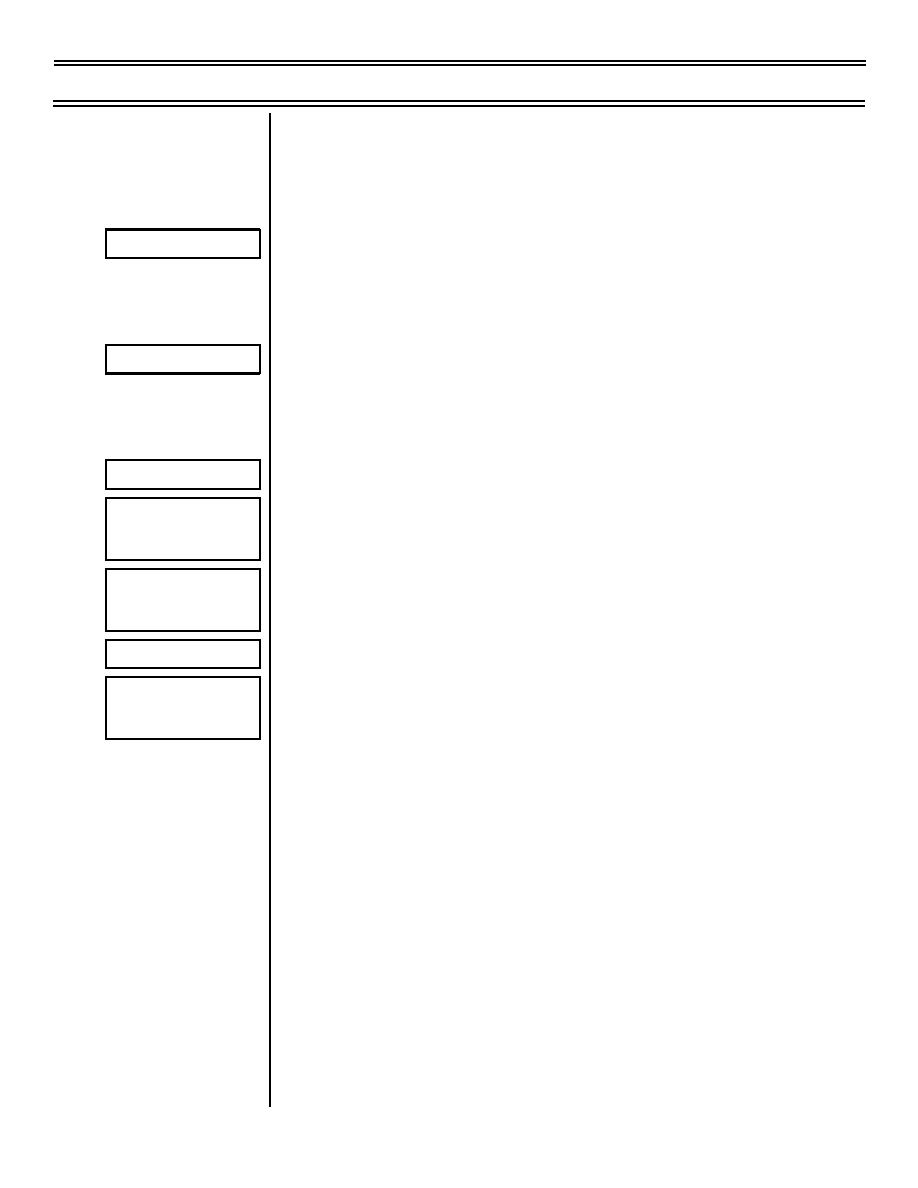 |
|||
|
|
|||
|
|
|||
| ||||||||||
|
|  Slow-Speed Flight, Stall and Spin, and AOA System
T-45A/C TS, E2-C2, ADV & IUT Aero-03
(2) Result:
(a) After achieving zero airspeed, the
aircraft will begin a tailslide until control
Overlay 1
surfaces become effective again at
approximately 60-100 KIAS (negative
airspeed)
(b) At this point, the aircraft will swap ends
Overlay 2
abruptly and may overshoot the
vertical by as much as 90 degrees in
the pitch axis.
i)
From the 80-90 degree departure,
the aircraft pitches forward
Overlay 3
Sg 2, fr 31
ii)
From the 90-100 degree
Fig 9: 80-90 Degree
departure, the aircraft will "topple"
Departure
backward
Sg 2, fr 32
iii) Ten percent of the nose-high
Fig 9: 90-100 Degree
Departure (4 overlays)
departures flight-tested resulted in
pitchdown departures. A sub-
Overlays 1-4
stantial number of tailslides will
produce inverted spins due to
Sg 2, fr 34
inadvertent displacement of flight
Fig 9: 90-100 Degree
Departure
controls from the neutral position
(c) The engine may have its airflow
interrupted causing a compressor stall
NOTE: Nearly all of the flight-tested
aircraft developed some type of engine
stall under these conditions.
(d) After one or two nose-low oscillations,
the airspeed will increase to a nose-
low dive recovery
(e) Adverse roll and yaw oscillations are to
be expected if the pilot fails to maintain
neutral controls throughout the
departure
(9-99) Original
Page 3-18
|
|
Privacy Statement - Press Release - Copyright Information. - Contact Us |